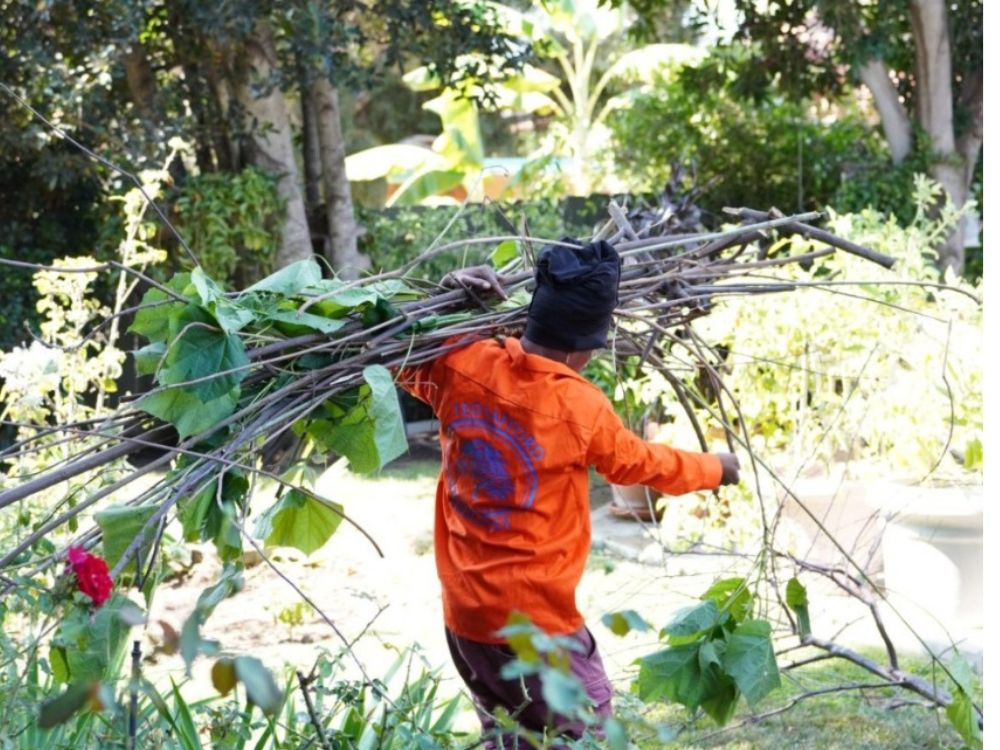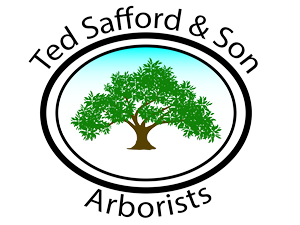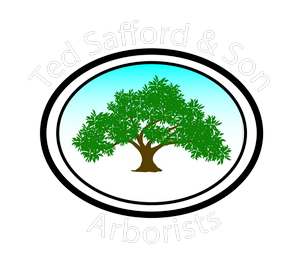Why Tree Removal Isn’t Always the Answer: An Arborist’s Perspective
Why Tree Removal Isn’t Always the Answer: An Arborist’s Perspective
Removing a tree without a proper diagnosis might eliminate a problem, but it also takes away decades of growth and environmental benefit.

Start with Understanding the Bigger Picture
Before jumping to tree removal, looking closely at what’s happening with your tree is essential. You might notice leaning, thinning branches, or bark shedding and assume it’s time to cut it down. However, trees are living systems that respond to stress in different ways. These symptoms don’t always mean failure or death. They can be signs of temporary shock, pest presence, or nutrient imbalance. An arborist holistically evaluates your tree’s condition, checking soil health, root structure, trunk stability, and canopy behavior. Removing a tree without a proper diagnosis might eliminate a problem, but it also takes away decades of growth and environmental benefit.
Tree Problems Often Have Solutions
What may appear as severe damage is sometimes treatable. Fungal infections, pest infestations, and nutrient deficiencies can often be addressed through targeted treatments. Tree pruning, soil improvement, and cabling are just a few tools an arborist may use to strengthen a weakened tree. Even structural concerns like split limbs or unstable roots can be stabilized if caught early. By acting on signs of decline with expert guidance, you give your tree a better chance of survival and maintain the character and value it brings to your landscape. Removal should be a last resort, not a default choice.
You Can’t Replace What’s Been Growing for Decades
Mature trees contribute significantly to your home’s value, curb appeal, and ecosystem. Once removed, they’re gone for good. A new tree won’t immediately provide shade, block wind, or filter the air similarly. Large trees also help with erosion control, noise reduction, and carbon absorption. These aren’t features you can restore quickly. When you work with an arborist, you weigh the benefits of keeping a tree against the cost of losing it financially, environmentally, and emotionally. That perspective can shift your priorities from fast fixes to thoughtful, lasting solutions.
Removal Carries Its Risks
Cutting down a tree is a serious operation. It involves heavy equipment, careful planning, and trained hands to avoid property damage or injury. Beyond the technical aspects, removing a tree can disrupt soil structure, affect nearby plants, and invite unwanted pests into the space. You may also face city regulations, HOA restrictions, or permit requirements that complicate the process. Arborists help you navigate these concerns while considering whether removal is even necessary. Consulting a professional early reduces the chance of unnecessary risk and expense.
Work with a Tree Care Partner You Trust
When you notice signs of tree stress or damage, your first step should be a professional evaluation, not immediate removal. A certified arborist offers insights that go beyond appearance. You’ll better understand your tree’s needs and how to support its health moving forward. If removal does become the best option, it will be a decision based on facts and experience, not fear or urgency.
Get Expert Tree Care That Puts Preservation First
If you’re concerned about the health of your trees, don’t wait for the situation to worsen. Call Ted Safford & Son Arborists today at (858) 692-2294. Our certified arborists are here to assess your trees, diagnose any issues, and provide expert care that promotes long-term health and beauty.




